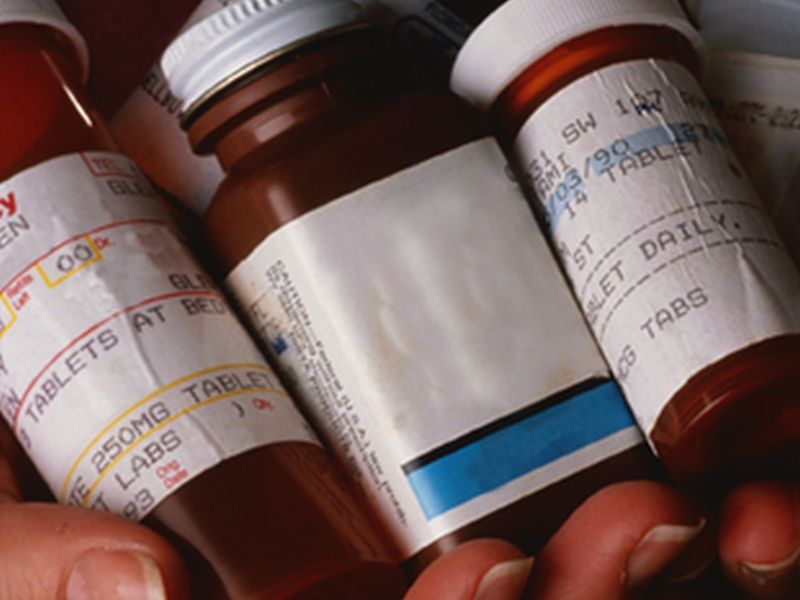
A case in point is Sweden, where patients are less likely to be prescribed opioids after surgery than American patients. In fact, in the United States and Canada combined, surgical patients are seven times more likely to get opioids than Swedes.
"Our findings reveal stark differences in prescribing practices across the three countries," said lead researcher Dr. Mark Neuman. He's chair of the Penn Medicine Opioid Task Force, in Philadelphia.
Neuman's group found that within 30 days of leaving the hospital after surgery, nearly half of U.S. patients had already been prescribed high doses of opioids double the rate in Canada (25%) and nine times greater than the rate in Sweden (5%).
Within a week after discharge, some 75% of American and Canadian patients filled a prescription for an opioid painkiller. Among Swedish patients, only 11% did.
For the study, Neuman and his colleagues collected data on opioid prescribing after four surgeries: removing the appendix, removing the gallbladder, a minimally invasive procedure to fix torn meniscus cartilage in the knee, and the removal of a breast lump.
In all, they looked at data on more than 220,000 cases from 2013 to 2016.
The researchers also found that in the U.S. and Canada, 65% of patients filled an opioid prescription in the week following any of the surgeries. In Sweden, only 20% of patients filled a prescription after any surgery.
Not only were U.S. and Canadian patients more likely to get opioids than Swedes, but they were also prescribed higher doses, Neuman's team found.
In Canada, 58% of the opioids prescribed were codeine and tramadol, as were 45% prescribed in Sweden.
But these less potent painkillers accounted for just 7% of prescriptions filled in the United States. Instead, Americans were more likely to be prescribed powerful, potentially addictive opioids such as hydrocodone (for example, Vicodin) and oxycodone (Oxycontin or Percocet).
One U.S. expert in pain medicine believes Big Pharma is largely to blame for these trends.
"Pharmaceutical marketing may have been a major driver," said Dr. Lili Huang, who directs the pain management center at Phelps Hospital in Sleepy Hollow, N.Y.It's "unsurprising that patients in Sweden are less likely to receive opioid medications after surgery, since Nordic countries have historically had stringent pharmaceutical marketing regulations that limit marketing directly to doctors," he said.
Huang believes that the pressure put on U.S. doctors to leave patients completely satisfied with their care might also be a contributing factor.
"After all, no surgeon would want the patient to be dissatisfied and suffering in pain after surgery," he said.
However, simply filling out more opioid prescriptions to "satisfy" patients might be misguided, Huang said, since the "actual data demonstrates that there is no correlation between patient satisfaction scores and the number of post-surgical opioids a patient receives."
Dr. Sandeep Kapoor is a specialist in addiction care at Northwell Health in New Hyde Park, N.Y. He said physicians often try to find a balance for patients - providing pain relief while minimizing the risk of addiction.
"The thought of allowing patients to be in pain creates conflict with a physician's duty to serve and provide care," Kapoor noted. However, opioids must also be delivered "judiciously," and as part of a team effort.
After prescribing, there should be "multiple points of follow-up," Kapoor explained, "so that a shorter supply of medications can be given, a proper reassessment of patient status/pain [can be made] and then a decision made as to whether the continuation of medications is needed."
Huang also noted that good analgesic alternatives to opioids are out there. These include post-surgical "nerve blocks" ad many other "protocols that help maximize non-opioid pain relief."
The new report was published online Sept. 4 in the journal JAMA Network Open.







0 Comments